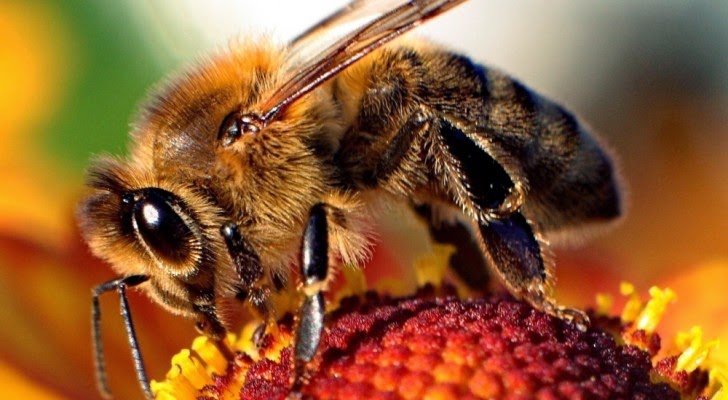There’s all kinds of maladies that can strike your garden plants throughout the season- diseases, insects, negligence, and more. But one common issue we are seeing more and more here in the corn belt and other places with lots of crop production is herbicide drift. Of course, you don’t have to have a corn or soy field nearby to have issues with drift – it can happen anywhere and anytime an herbicide is applied and proper precautions aren’t taken, even when you or a neighbor are just treating a small area in the yard. There are other avenues of herbicide damage on plants as well, such as using herbicide-treated grass clippings as mulch in the garden.
A wide variety of plants can be damaged by herbicide drift from a variety of different products – trees, shrubs, roses, vegetables, and more. The damage can be slight to severe, and unless the dose is large most plants will grow out of the damage. Vegetables and fruits, though, are of particular concern due to the potential food safety risk from residues of unknown herbicides on the plants. Therefore, it is especially important to be able to identify signs of herbicide drift and take the appropriate course of action which is usually and unfortunately removal of the plant from the garden.
I have to remove the plants!?!?
Yes, you read correctly, I said removal of the plant! I, along with many of my extension colleagues, encourage gardeners who have drift or herbicide damage on their plants to remove them from their gardens. Why take such a drastic measure, especially if the plant may actually recover and “grow out” of the damage? The answer is mainly one of safety…
…click on the above link to read the rest of the article…






